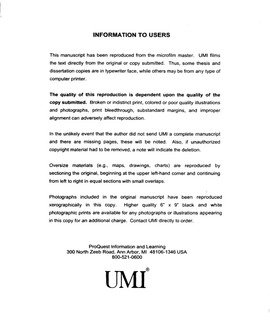| dc.contributor.advisor | Baron, Edward, | en_US |
| dc.contributor.author | Mitchell, Robert Carl. | en_US |
| dc.date.accessioned | 2013-08-16T12:18:22Z | |
| dc.date.available | 2013-08-16T12:18:22Z | |
| dc.date.issued | 2001 | en_US |
| dc.identifier.uri | https://hdl.handle.net/11244/360 | |
| dc.description.abstract | Supernovae count among the most luminous phenomena in the universe, and as such they have been sought after to serve as cosmological distance indicators. Type Ia supernovae are currently the most commonly used indicators. In this study, we will examine a method for using Type II supernovae as distance indicators, and attempt to prove this method's reliability and accuracy by calculating the distance to the Type II Supernova 1987A and comparing it to results using other methods. | en_US |
| dc.format.extent | ix, 61 leaves : | en_US |
| dc.subject | Cosmological distances. | en_US |
| dc.subject | Supernovae. | en_US |
| dc.subject | Supernova 1987A. | en_US |
| dc.subject | Physics, Astronomy and Astrophysics. | en_US |
| dc.title | Determining the distance of SN 1987A with SEAM. | en_US |
| dc.type | Thesis | en_US |
| dc.thesis.degree | Ph.D. | en_US |
| dc.thesis.degreeDiscipline | Homer L. Dodge Department of Physics and Astronomy | en_US |
| dc.note | Source: Dissertation Abstracts International, Volume: 62-09, Section: B, page: 4051. | en_US |
| dc.note | Major Professor: Edward Baron. | en_US |
| ou.identifier | (UMI)AAI3023442 | en_US |
| ou.group | College of Arts and Sciences::Homer L. Dodge Department of Physics and Astronomy | |
